Expelling microplastics reduced the nutritional value of the fish, altered liver function and changed microbiota communities in their guts
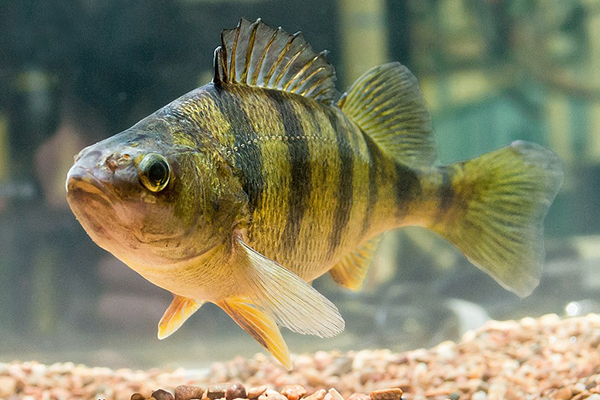
A recent study from the University of Wisconsin-Milwaukee found that farmed fish can expel microplastics from their digestive systems, but it has negative consequences. Led by Professor Dong-Fang Deng, the researchers explored how the consumption of fish feed contaminated with high-density polyethylene (HDPE) impacted yellow perch (Perca flavescens).
“We chose yellow perch because they are a favorite fish (when available) of people living in the Great Lakes region in the US, and the reduced supply of wild fish has driven commercial yellow perch aquaculture,” said Deng. “We focused on HDPE, as it is widely used to make products ranging from grocery bags and cleaning products to toys and detergent bottles. As a result, it is one of the common plastics found in wild-caught fish, and it is also detected in fishmeal, a major ingredient in fish feed.”
When plastic enters bodies of water, it can break down into microplastics – plastic particles smaller than 5 mm in one dimension. Despite growing public concern over the environmental impact of microplastics, little is known about how it affects farmed fish.
During the nine-week study, the yellow perch were fed three meals daily. Each meal contained 4.5mg to 36mg of HDPE per 100 grams of fish. The particle size of the HDPE ranged from 100 to 125 micrometers (μm), which is a common size for ingredients used in aquatic feeds. The fish not only survived the nine-week exposure period but also expelled all the microplastics from their bodies. However, the expulsion act seemed to stress their systems and had a negative impact.
“The nutritional quality of the fish was reduced – we saw lower body protein and mineral (ash) levels than in fish fed the control diet with no HDPE added,” said Deng. “We also discovered that exposure to HDPE altered their liver function – they had a heavier liver enriched with glycogen (sugar) and bile acids, but lower lipid (fat) levels and enlarged hepatocytes, the cells involved in metabolism, detoxification and nutrient synthesis. We also saw some disturbance in the gut structure and microbiota community associated with immunity, nutrient digestion and absorption.”
In terms of the study’s limitation, Deng said it’s possible that microplastics at different levels and with a different size, form and shape could alter the results. In addition, there are more than 300 finfish farmed by the aquaculture industry globally, and feeding habits vary depending on whether they are carnivores, herbivores, omnivores or limnivores, and so forth.
“That might influence how they handle plastic-contaminated feed,” said Deng. “For example, herbivores have longer guts and may need longer to empty them. More research is needed to solve this puzzle.”
Follow the Advocate on Twitter @GSA_Advocate
Now that you've reached the end of the article ...
… please consider supporting GSA’s mission to advance responsible seafood practices through education, advocacy and third-party assurances. The Advocate aims to document the evolution of responsible seafood practices and share the expansive knowledge of our vast network of contributors.
By becoming a Global Seafood Alliance member, you’re ensuring that all of the pre-competitive work we do through member benefits, resources and events can continue. Individual membership costs just $50 a year.
Not a GSA member? Join us.
Author
Tagged With
Related Posts
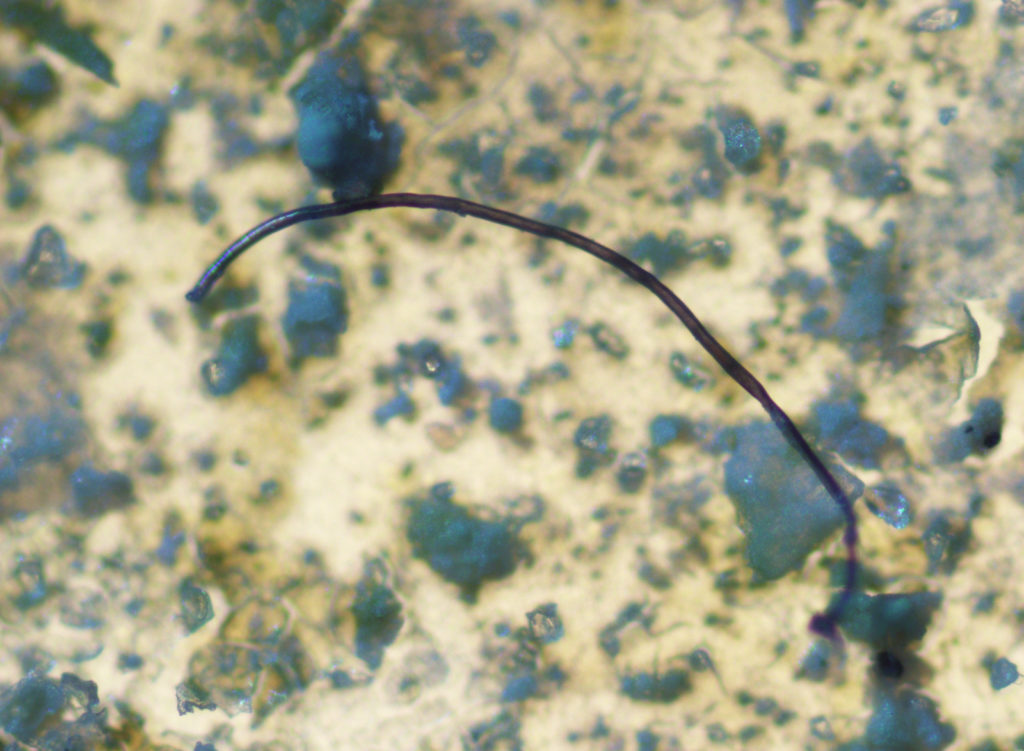
Responsibility
They’re ‘everywhere’: The pervasiveness of microplastics
How has the plastic in aquaculture operations contributed to microplastic pollution? And is plastic pollution contaminating aquaculture products? The Advocate takes a closer look.
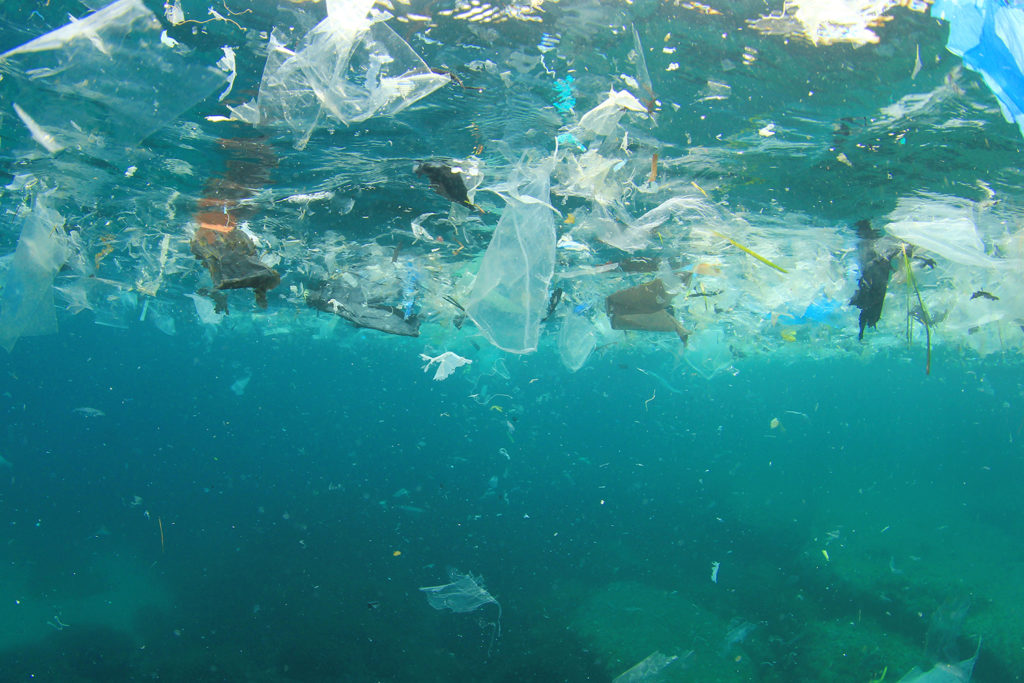
Responsibility
What threat do microplastics, a.k.a. ‘ocean hitchhikers’, pose to aquaculture?
A Trends in Microbiology paper posits that ocean microplastics could be a vector for pathogens, spreading antimicrobial-resistant genes.
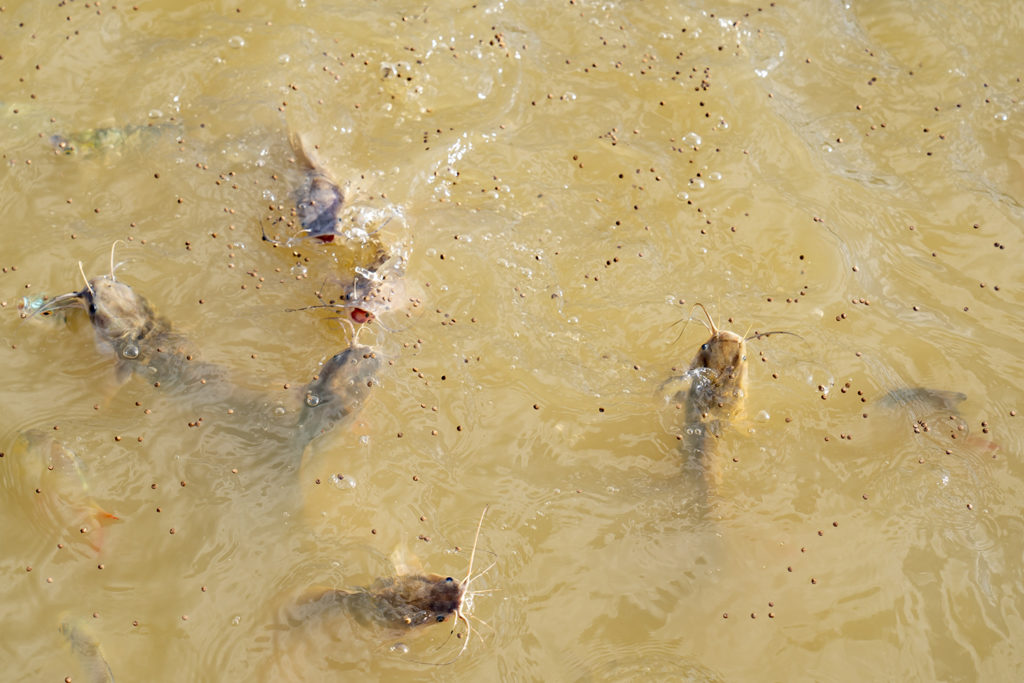
Aquafeeds
‘We will very likely find it’: Microplastics warning sounded for aquafeeds
The warning about microplastics pollution is finding its way to aquaculture, as a new study finds contaminated samples of fishmeal, a prominent aquafeeds ingredient.
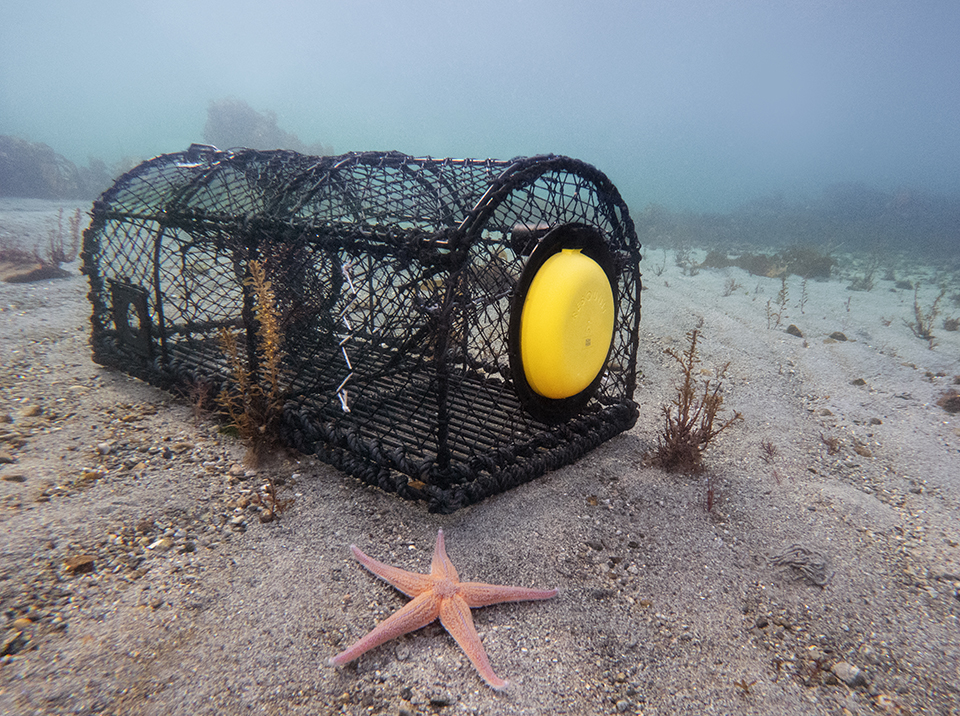
Fisheries
From reporting apps to floating traps: How technology tackles ghost fishing
The global ghost fishing problem has negative environmental and economic impacts, but new technology could help locate and retrieve lost fishing gear.



